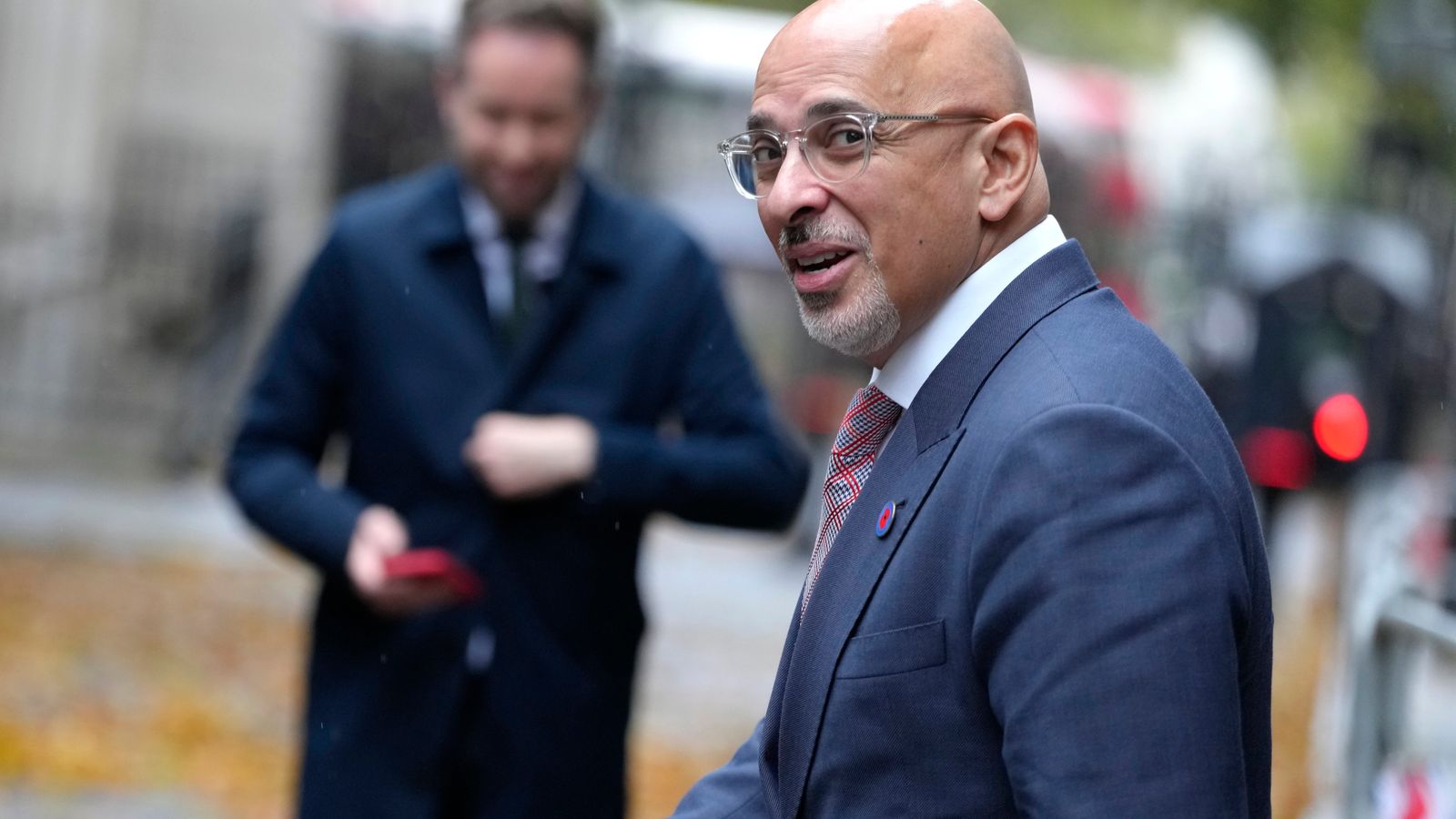In contrast to previous leaders who have been privately educated, English-speaking and supported by the urban elites, Narendra Modi eschews the trappings of wealth and lives a life of solitude with no partner or children.
But how did the man who has ruled the world’s largest democracy for a decade get where he is today?
Here’s all you need to know about Mr Modi.
Did he really sell tea?
Modi’s father was a tea seller and his party, the Bharatiya Janata Party (BJP), emphasises his humble background.
The tale of a young Modi selling tea at a railway station has endeared him to millions of underprivileged Indians, who believe he understands their struggles.
Little is known of his origins and formative years except from what he chooses to share. And it’s a very tightly controlled narrative with a formidable spin machine to provide that aura.
Except his brother has said this tea-selling story isn’t entirely accurate, and that Modi, like the rest of their siblings, just helped their father. So the truth is unclear.
Nevertheless, Indians were “mesmerised” by the story as a “backlash against nepotism, entitlement and dynastic politics”, political analyst Sanjay Jha says.
“They continue to give him the benefit of the doubt; some even believe he can do wrong. In the perception equation, he is first among equals, giving him carte blanche to do whatever he wishes. It is surreal.”
When did he get his first break in politics?
His big break came when he was chosen to be chief minister of the state of Gujarat in 2001. He held the role for more than a decade, transforming the state into an economic powerhouse and building his public profile to make a run for the premiership.
He came under scrutiny in 2002 after an argument between Hindu pilgrims and vendors at Godhra station erupted into violence amid allegations a Muslim mob set fire to a train.
The incident saw 59 people lose their lives and sparked large-scale riots across Modi’s state. An overwhelming number of Muslims were killed and thousands of their homes and businesses were destroyed.
Modi and his administration were accused of being complicit in the violence and of not doing enough to stop it, but India’s Supreme Court cleared him. Modi has always denied the allegations and has never expressed remorse.
How did he achieve god-like status?
Whenever Modi makes a public appearance, crowds of thousands gather for a glimpse of him.
Music, prayers and shouts of Modi’s name blare at decibels that make your eardrums ring. His face is printed on dozens of cut-outs, posters and banners.
This is what it’s like when you have a reported 75% approval rating.
On social media, an army of more than 100,000 party workers strive tirelessly to spread Modi’s message directly to his followers.
When did he first become the face of Hindu nationalism?
Modi was just eight years old when he joined the Rashtriya Swayamsevak Sangh (RSS), an organisation dedicated to making India a Hindu nation.
Never shy of showing off his religious identity, a trait most Indians politicians would baulk at, Modi wears it with pride.
“He has portrayed himself as a Hindu leader who has built a certain sense of pride in fellow Hindus,” says Sushant Singh, a lecturer in political science at Yale University.
“Hindu nationalism has gained ground in society, with a marginalisation and victimisation of Muslims and Christians.”
Modi took centre stage in the consecration of the controversial Ram temple in Ayodhya, built atop the ruins of a 16th-century mosque that was torn down by right-wing mobs in 1992.
Hindus believe Lord Ram was born on the exact same spot where the mosque was built in 1529.
Please use Chrome browser for a more accessible video player
Did he keep his wife a secret?
When he first entered politics, Modi presented himself as single, childless and married only to the cause of building a stronger India.
But it later transpired he had a secret wife – a fact only revealed when he filled in the paperwork to run for prime minister in 2014.
In keeping with tradition, his family had arranged a marriage when he was 18. Soon afterwards he left home and the marriage was never consummated.
His wife, Jashodaben, was discovered living a middle class life years later. She has never spoken publicly about Modi except to question the government’s decision to provide her with bodyguards.
“I have to cook for them… It gets really chaotic when I travel, because I use public transport and the guards follow me in an air-conditioned car.”
Read more:
India’s ‘glaring inequalities’ laid bare as hundreds wait for water
Minority communities anxious about prospect of Modi’s third term
Keep up with all the latest news from the UK and around the world by following Sky News
Do his claims of economic success stack up?
Modi is never shy of boasting about his economic achievements and emphasises they are for every citizen of India.
But does he use religion and nationalism as a smokescreen for a less rosy economic picture?
While it’s true that India has overtaken Britain as the fifth-largest economy in the world, its GDP per capita remains dismal.
Unemployment is a persistent problem, and thousands of young men risk their lives to seek a better future outside India. Indians are the third-highest nationality when it comes to illegal migration into the United States.
Inequality is at a historic high, even more stark than under colonial Britain. According to a report by the Paris-based World Inequalities Lab, the top 1% of India’s population controls 40% of the nation’s wealth.
India ranks 111th of the 125 nations in the Global Hunger Index (2023) report. The government, however, has rejected the report’s findings.
India is home to more than a third of the world’s malnourished children under the age of five.
Last year Modi announced the extension of a free food ration scheme to 800 million Indians for the next five years.
According to the government, more than 250,000 Indians renounced their citizenship in 2022. If all is well, why are they leaving in such alarming numbers?
Is he a threat to India’s democracy?
Dissent and protests against Modi or the government have been met with violent police crackdowns.
Since 2014, more than 20,700 NGOs – including international ones such as Amnesty International and Oxfam – have had their licences to work in India revoked after they allegedly violated strict foreign funding laws.
Modi has denied using state agencies to target his opponents.
His administration says India’s democratic institutions are robust, pointing to high voter turnout in recent elections that have delivered Modi’s party a clear mandate.
However, Indian media have found corruption investigations involving 23 of 25 opposition politicians were shelved after they defected to the BJP.
Be the first to get Breaking News
Install the Sky News app for free
Journalists in India have been beaten, threatened and paid off, and the country ranks 161 out of 180 countries for press freedom.
“India’s democracy in the last decade has collapsed quite substantially,” says Harsh Mander, a fierce critic of Modi, whose home and NGO have been raided multiple times by federal agencies.
“Our judiciary has not been consistent in the defence of constitutional values and the media acts as cheerleaders of the ruling government and propagate hate against Muslim minorities.”







